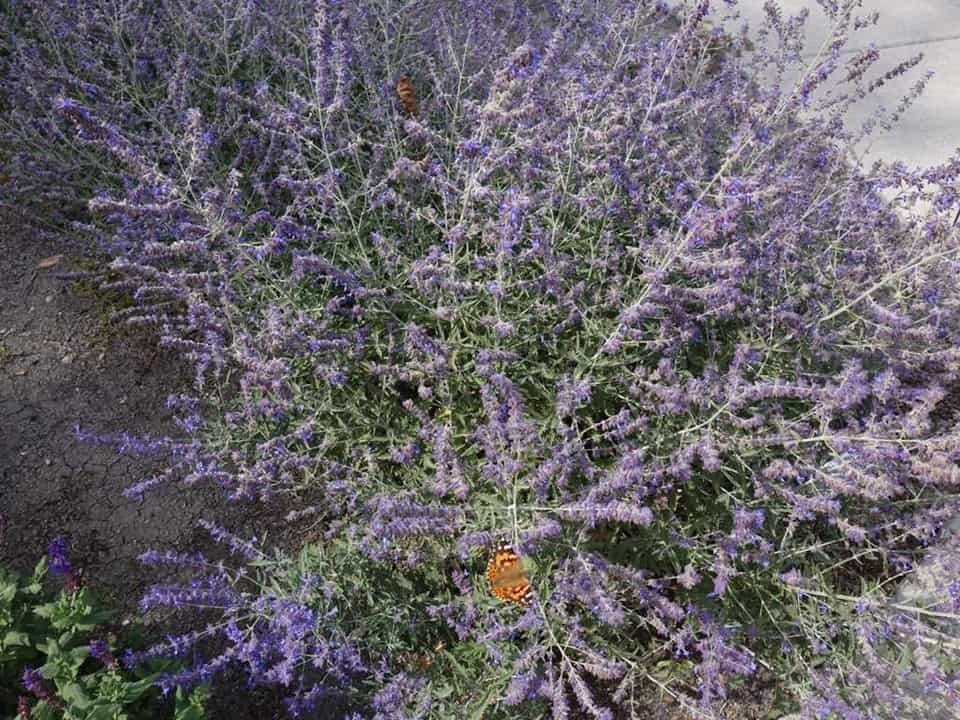Crazy Blue Russian Sage is a unique and beautiful flowering plant that is sure to bring a touch of elegance to any garden. It has beautiful blue-purple blooms that will last all summer long and attract butterflies. This plant is easy to care for and is drought-tolerant, making it a great choice for any gardener. It can be grown in containers, beds, borders, and even in hanging baskets. Here are some tips and ideas for growing this spectacular plant.
Location
When selecting a location to plant Crazy Blue Russian Sage, it's important to choose an area that receives at least 6 hours of direct sunlight each day. The plant will also do best in well-drained soil that is slightly acidic. If your soil is too alkaline, add peat moss and compost to lower the pH.
Planting
Crazy Blue Russian Sage should be planted in late spring after the threat of frost has passed. Dig a hole twice as wide as the root ball and just as deep. Place the plant in the hole and fill in with soil, pressing firmly to remove any air pockets. Water deeply after planting and be sure to water regularly throughout the growing season.
Fertilizer
Crazy Blue Russian Sage does not need a lot of fertilizer. An application of a balanced, slow-release fertilizer in early spring should be sufficient. Be sure to follow the directions on the package for the proper amount and application rate.
Pruning
Crazy Blue Russian Sage should be pruned back in early spring. Cut the stems back to about 8 inches. This will encourage new growth and help keep the plant neat and compact. You can also deadhead spent blooms to encourage more blooms.
Pests and Diseases
Crazy Blue Russian Sage is generally resistant to pests and diseases. However, it can be prone to powdery mildew and root rot if the soil is too wet or if the plant is over-fertilized. If you see signs of pests or disease, treat with an appropriate product as soon as possible.
Harvesting
Crazy Blue Russian Sage can be harvested for use in cut flower arrangements. Cut stems early in the morning when the blooms are just beginning to open. Place them in a vase of cool water and keep away from direct sunlight. The blooms should last for several days.
Companion Plants
Crazy Blue Russian Sage looks great when planted with other flowering plants. Try planting it with ornamental grasses, such as feather reed grass or fountain grass. Other plants that look great when planted with Crazy Blue Russian Sage include purple coneflowers, black-eyed susans, and Shasta daisies. Planting a variety of companion plants will ensure a colorful and vibrant garden.
Conclusion
Crazy Blue Russian Sage is a beautiful flowering plant that is sure to add a touch of elegance to any garden. It is easy to care for and is drought-tolerant, making it a great choice for any gardener. When planted in an area that receives at least 6 hours of direct sunlight each day and given proper care and maintenance, this plant will provide beauty and color to your garden all summer long. With its bright blue-purple blooms, it’s sure to be a favorite among gardeners and butterflies alike.
